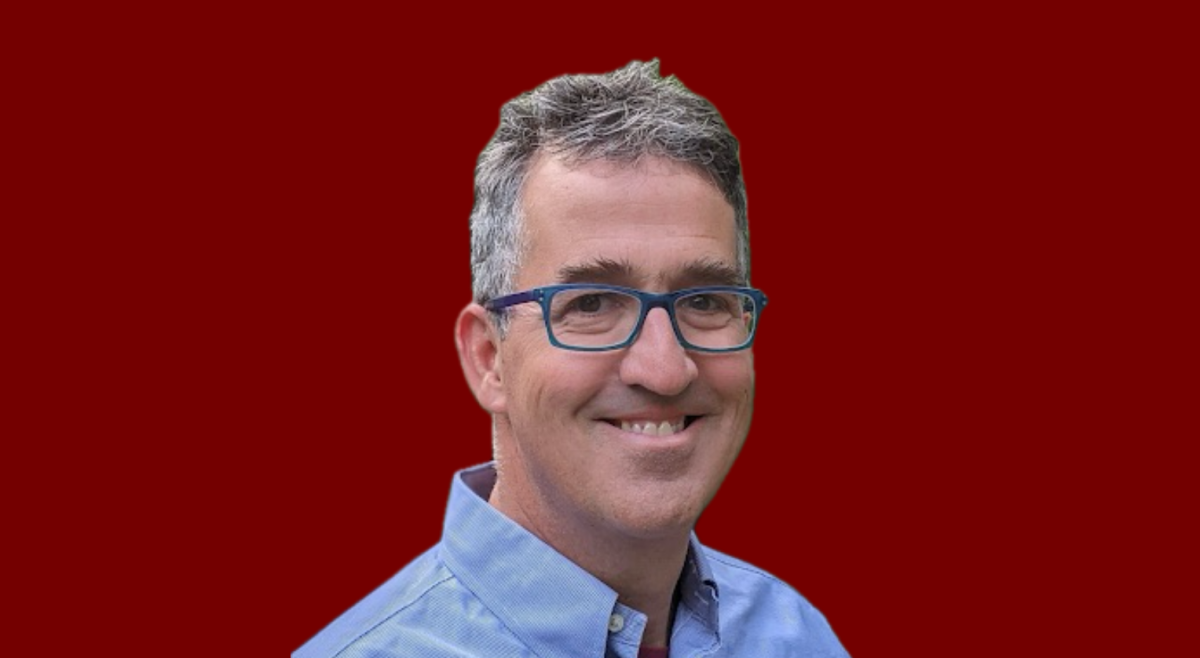Above a cluster of eager attendees murmuring and shuffling toward vigilant ushers, wood paneling characteristic of the vaulted ceilings inside Sanders Theatre provided a warm glow for the evening on Thursday. The venue is steeped in a truly palpable history, serving as an eternal cradle for the intellectually and artistically curious traveling from far and near due to its location on Harvard University’s campus grounds. The honor of stepping onto the stage of the 1,000-seat auditorium is generally reserved for those deemed serious contributors to the literature of their respective areas of inquiry, but for one night of the year that spirit is respectfully muted.
The 28th First Annual Ig Nobel Prize Ceremony took place on the grounds of Harvard University inside the historic Sanders Theatre, a breathtaking space designed in a similar architectural spirit as that of Shakespeare’s Globe Theatre with a 180-degree seating gallery and weathered wood pews. This night was organized to celebrate the unorthodox, honor the imaginative, and reward honest scientific research pursuits that make people laugh, then think, and then think some more about the questions being explored in the realms of science, medicine, and technology.
The ceremony was co-sponsored by the Harvard-Radcliffe Society of Physics Students and the Harvard-Radcliffe Science Fiction Association, and produced by the Annals of Improbable Research, an online magazine that hosts events and talks around the world about, well … improbable research.

Marc Abrahams, an editor and co-founder of the Annals of Improbable, has served as the ceremony’s spirited emcee each year. In this capacity, Abrahams has led an organized, lighthearted revolution to encourage and acknowledge the often overlooked explorations of funky research inquiries. While the performance of the event is laced with humor and slapstick, there is a clear driving purpose to it all.
“What we [at the Annals of Improbable Research] are trying to do is ask questions,” said Abrahams. “It’s not about answering them so much…anytime you know a little more about something, you probably become a bit better at asking questions about it. We try to get people to look, even for a moment, at things that are so outside their experiences.”
The winners were selected from a pool consisting of both submitted research as well as research discovered by a team of reviewers at the Annals of Improbable Research. In the spirit of encouraging communication within the academic community, Nobel laureates such as Michael Rosbash—a Brandeis University geneticist who won the 2017 Nobel Prize in Physiology or Medicine award—were invited to attend the ceremony and shake hands with Ig Nobel Prize winners as they received DIY awards in front of a sold-out crowd. Three Portuguese conservation scientists—Paula Romão, Adília Alarcão, and César Viana—that won the Chemistry Prize for their paper on the degree to which human saliva is a good cleaning agent for dirty surfaces.
Drawing from this impetus to praise the rarely-praised work of researchers around the world, the Ig Nobel Prize Ceremony is a spectacle best enjoyed with an open mind. The theme for this year’s edition was “The Heart,” and the crowd joined together to collectively shout “Ooooh!” whenever any mention to it was made. Compared to most research events, the Ig Nobel ceremony was a feat of programming innovation: There was a four-act mini opera that approached Al Green’s hit “How To Mend A Broken Heart” from a scientifically informed angle, two “Paper Airplane Deluge” opportunities where audience members would take aim at a human target on stage, and demonstrations of the prize winners’ research.
Acceptance speeches were kept brief, in large part due to the occasional interruption of a young girl who would walk up to the podium and scream, “Please stop, I’m bored!” This served as an unconventional way to maintain a rhythm to the evening’s program that felt appropriate, given the scope of the undertaking: The Ig Nobel Prize Ceremony is intended to highlight a collective investment in scientific research that fell outside the radius of well-established journals rather than to give particular attention to one contribution. In other words, spreading the love was the motto.
In many ways, they spread the love of learning as well by inviting researchers from Harvard University to participate in the 24/7 Lectures. The 24/7 Lectures challenge these researchers to first provide a highly technical explanation of an area of scientific inquiry and then provide a layman’s explanation of the same topic in seven words. The crowd cheered and applauded as the researchers rattled off descriptions of cardiology, viral evolution, GFP (Green Fluorescent Protein), and the nature of incomplete contracts. It was frenetic but one of the highlights of the evening, indicative of the vision-driven innovation that goes into the Ig Nobel Prize Ceremony each year.
The fate of the improbable research honored at the ceremony is uncertain—perhaps it will evolve into a breakthrough or perhaps it will remain an honest contribution to the literature. If nothing else, it will have been given the consideration and attention that all research deserves. The Ig Nobel Prize is not necessarily about receiving or not receiving recognition, but rather about sharing the excitement of discovery with the world, no matter how silly it may turn out to be.
Featured Images by Alessandro Zenati







